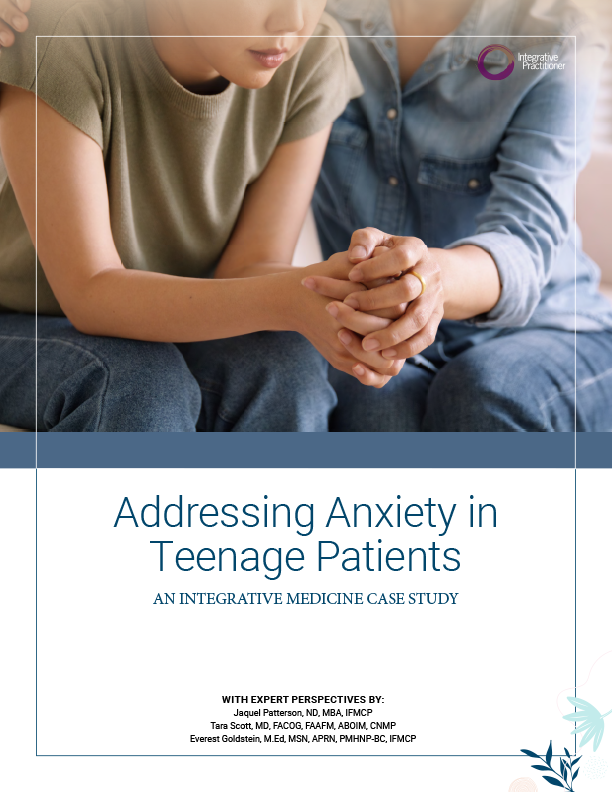Coronavirus may change patient appointments permanently, researchers say
Photo Cred: Vlada Karpovich/Pexels
By Katherine Shagoury
The novel coronavirus (COVID-19) has prompted many medical centers to switch from in-person appointments to telemedicine visits. For some hospitals, video visits may become a permanent feature of the patient-provider landscape, suggests a new study from the University of California, San Francisco Benioff Children’s Hospitals published in the Journal of Adolescent Health.
Prior to March 2020, all patients at the UCSF Adolescent and Young Adult Clinic received medical care through in-person visits. By the end of March, 97 percent of visits, approximately 80 appointments per week, were done via videoconferencing with physicians or nurse practitioners, according to the study.
In the study, the researchers used a videoconferencing platform that was compliant with the Health Insurance Portability and Accountability Act (HIPPA), which protects the privacy of health information and security of electronic records. To prevent third-party access, they created a virtual waiting room, requiring a doctor to authorize entrance for each visitor. The visits were streamed via FaceTime, Google Hangouts, or similar rather than recorded. They also identified ways for patients to share information without risking disclosure to people within earshot, such as by using headphones and responding to sensitive questions with “yes” or “no,” as well as using the chat function to type responses.
The researchers reported that virtual visits did not present a barrier in screening patients for depression, substance use or psycho-social development. Additionally, clinicians were able to provide contraceptive counselling and appropriate follow-up for established diagnoses like headache, acne, and back pain, and they reported that they were comfortable managing mood disorders and medication maintenance for attention deficit hyperactivity, with referrals made to psychiatrists for some conditions.
More challenging were appointments that required exams and procedures. Patients needing vaccines or tests for pregnancy, sexually transmitted diseases, urinary-tract infections, or high cholesterol required an in-person visit with a nurse or phlebotomist. While the researchers have not considered using devices such as electronic stethoscopes, which enable providers from a second clinic to stream data directly to the consulting site, they said patient-owned devices such as a blood pressure monitor and upper-arm cuff may be used in the future, pending tests for accuracy.
Virtual care for patients with eating disorders, who make up about a third of the clinic’s patients, required significant workarounds to provide regular monitoring of weight, vital signs, and electrolytes. Weight checks can be very stressful for these patients and many prefer to not know their weight. In some cases, primary care providers or therapists were able to weigh patients and take vital signs, which they shared with the clinic. In other cases, a parent or trusted adult was tasked with weighing the patient and relaying that information in private to the clinician.
The clinic serves patients ages 12 to 25, of whom three-quarters are female, from a catchment area spanning 400 miles north to the Oregon border and roughly 100 miles east to the Central Valley. Service includes both general healthcare and specialty care in attention and mood disorders, sexual and reproductive health, eating disorders, and addictions.
In addition to improved accessibility, telemedicine also opened the door to collaboration with primary-care providers, the researchers said.
“This has been a complex transition because we have had to navigate the uncertain waters of parent and adolescent/young adult involvement and confidentiality,” said senior author Marissa Raymond-Flesch, MD, of the UCSF Division of Adolescent and Young Adult Medicine, in a statement. “However, after the [COVID-19] crisis, we expect to maintain telehealth in many areas. Patients will be able to complete video visits from school or work, or any setting that they identify as adequately private. This is a new domain in our field, and we are excited about reducing disparities in care in underserved areas, such as rural communities.”
Editor’s note: Click here for more information and ongoing COVID-19 updates for integrative healthcare professionals.
















